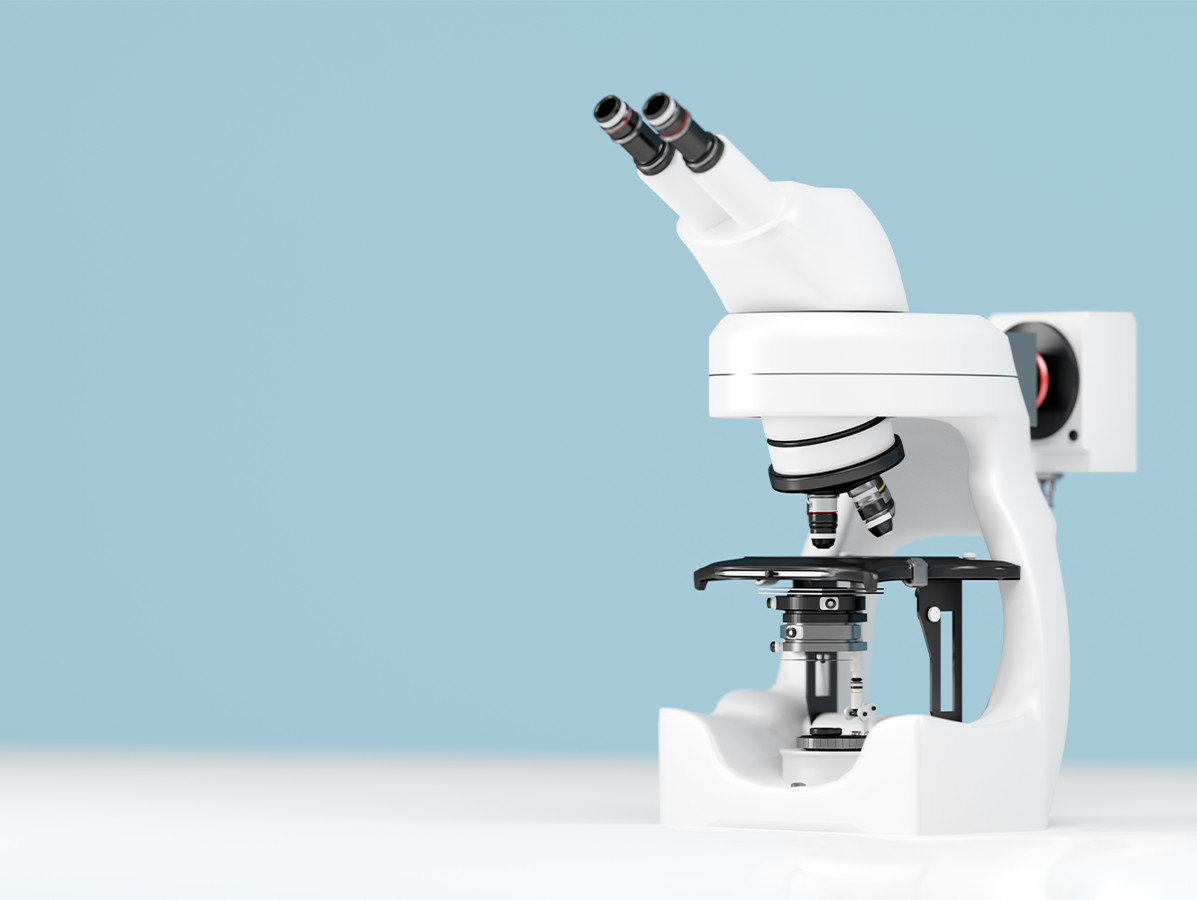
Science and industry are constantly striving to end the use of animal testing in toxicological research. As part of these efforts, researchers at Wageningen have worked with Unilever to develop tiny, three-dimensional organs for laboratory use. They even contain a blood-like fluid rich in nutrients. These mini-organs are expected to replace some animal tests and make it possible to investigate the effects of chemicals, medicines and nutrients on the human body.
From a scientific perspective, human bodily processes are different to those of test animals, which means the results of animal tests don’t always reflect how the human body will respond to a particular substance. And from a social and ethical point of view it’s also preferable to minimise the use of animals for this type of research.
In the past, risk assessments for chemicals or other substances were based almost entirely on data derived from animal tests, but in recent years there's been a shift towards using data derived from experiments on human cells in test tubes or petri dishes. Scientists use these methods to study how those cells react to chemicals. But those models have their limits. They are based on just one cell type, while real organs always consist of a multitude of cell types. Cells in petri dishes are also arranged in a single, flat layer rather than as a three-dimensional structure. That’s why Wageningen University & Research (WUR) and Unilever are working together in the lab to produce tiny 3D organs featuring multiple cell types and fluid flows.
“The mini-organs are also referred to as organs-on-a-chip, and they are clusters of cells at a micrometre scale,” explains Hans Bouwmeester from WUR’s Toxicology department. “Tiny channels provide the cells with a flow of liquid containing oxygen and nutrients, just like in the human body. These tiny channels, also known as microfluidic systems, are now being rapidly developed for a range of purposes. But at present they're not being used much by scientists for toxicological risk assessments of chemicals or other substances. Our aim is to make that possible by optimising these mini-organs.”
Source: Wageningen University & Research